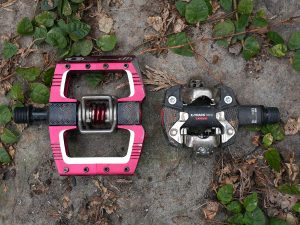The right cycling gloves are a crucial piece of gear for any bike rider. Cycling gloves should be worn to protect the hands from calluses, blisters, and saddle sores. They also provide some insulation against cold weather as well as some protection from rain or snow. In this blog post, we will discuss how to choose the right pair of cycling gloves with step-by-step instructions on what you need to know before buying them.
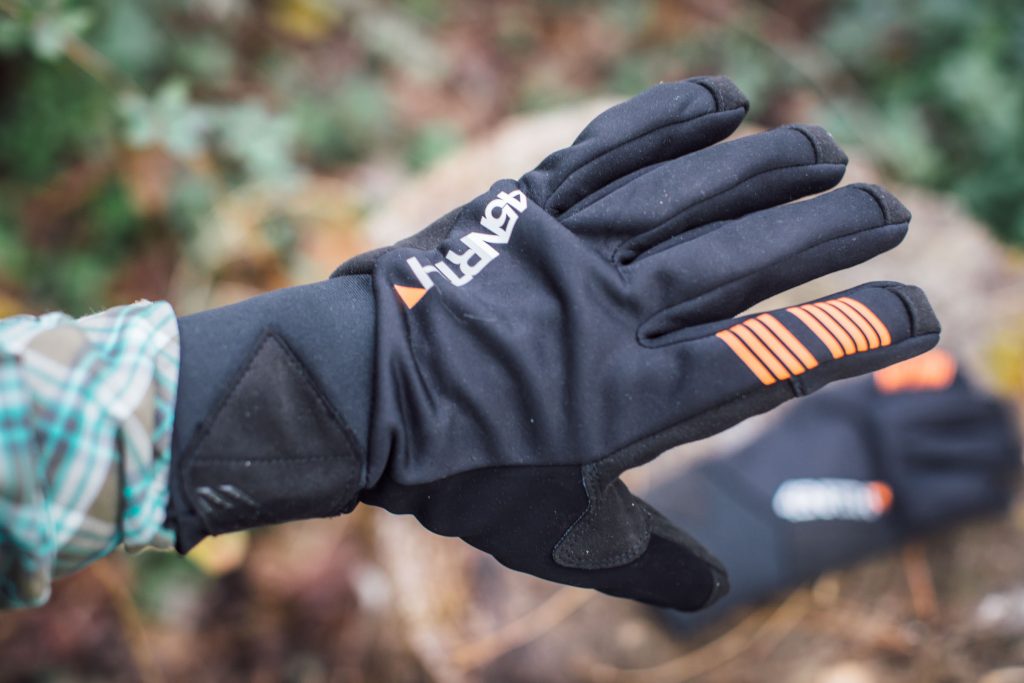
Table of Contents
Types of Cycling Gloves
There are several types of cycling gloves that vary in terms of fabric and price. Cycling gloves fall into three major categories: full-fingered, winter-specific, and summer-specific.
- Full-Fingered Gloves: Full-fingered cycling gloves usually have a synthetic palm while the fingers themselves are composed out of mesh or other breathable fabrics to allow for ventilation. These cycling gloves are best used during the summer months or spring and fall seasons since they offer more breathability than winter-specific ones without compromising on insulation or waterproofing.
- Winter Gloves: Winter-specific cycling gloves are thicker, warmer, made of natural fabrics like wool with some synthetic materials to repel water. They also have a windproof membrane to protect the rider’s hands from the wind. These are best used for winter cycling or cold-weather riding but aren’t as breathable as full-fingered gloves.
- Summer Gloves: Summer-specific cycling gloves usually have synthetic palms and mesh backs with some thin insulation in between that prevent overheating on hot days without sacrificing ventilation. They are best used for riding during the summer months.

Fabrics to Look for in Cycling Gloves
It’s important to look for gloves made out of quality fabrics that can take a beating during long rides while maintaining comfort. The following are some types of materials you should be looking at when choosing cycling gloves.
- Synthetic Leather or Suede Palms – Synthetic leather palms will help provide some protection against abrasion and offer a better grip on the handlebars. Suede palms may be more comfortable but are not as durable.
- Mesh Back – Mesh backs allow for ventilation between the fingers, preventing overheating even in humid weather conditions by allowing heat to escape from inside. This is especially important during long rides or races.
- Insulation Layers – Insulation layers are important for winter-specific cycling gloves. They should be able to insulate but also ventilate, preventing the rider’s hands from overheating or becoming too cold during long rides.
- Waterproofing Layer – Waterproofing is important in all types of cycling gloves especially if you’re riding in the rain or snow. A waterproofing layer will help keep your hands dry during wet conditions and prevent them from becoming too cold in winter-specific gloves.
- Nylon Reinforcement – Nylon reinforcement is important for gloves that will be used frequently. The nylon layer should stretch with the fabric of your cycling glove, which means it shouldn’t tear easily even after prolonged use and exposure to wear and tear.
- Polyester Microfiber – Microfiber is soft, comfortable on the skin, warm but not too insulating. It’s also more durable than wool or cotton fabric since it can hold up better against repeated wear and tear while maintaining its comfort levels.
- Wool Lining – Wool lining may be scratchy at first but will become softer with continued use. It’s also very warm which is great for winter-specific cycling gloves.
- Lycra Back – Lycra is stretchy, comfortable on the skin, and breathable. It’s a great material for gloves that are worn frequently or during long rides.
- Spandex / Elastane – A type of polyurethane fabric that can stretch up to seven times its length while still providing some degree of insulation. Spandex / Elastane is commonly found in the thumbs and fingers of cycling gloves where stretchiness is most needed for a secure fit while riding.

Fabric Quality
Quality fabrics are especially important in full-fingered gloves because they’re made out of breathable material. Poor-quality fabrics will break down easily, making the gloves uncomfortable and unhygienic to use for long periods of time. Make sure you’re buying cycling gloves made out of quality synthetic leather palms with mesh backs and windproof membranes if possible.
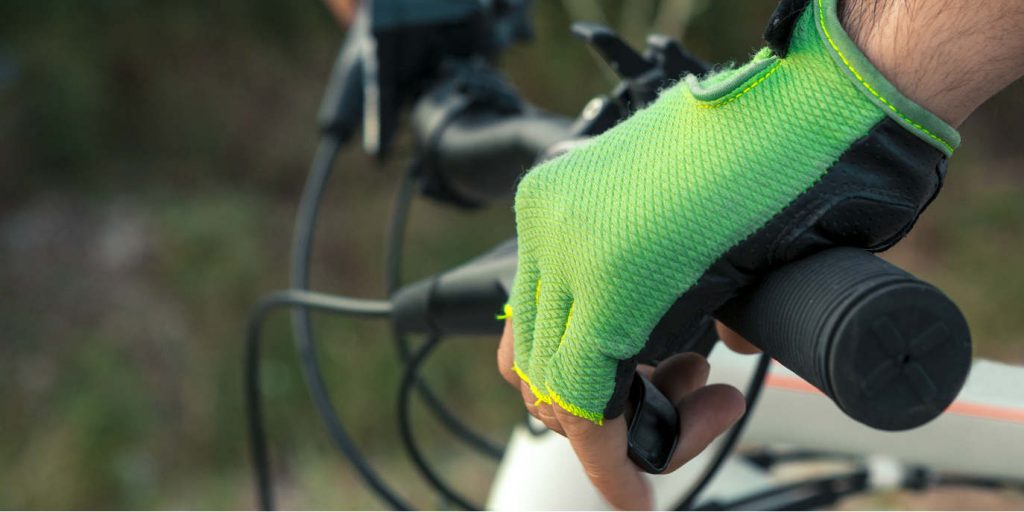
Palm Thickness
The thickness of your cycling glove’s palm is important depending on the type of ride you’re going to be doing, whether it’s a long one or a quick sprint. If you plan on riding for more than an hour at a time, make sure your cycling gloves have thicker palms with some synthetic leather reinforcement. This will protect your hands from abrasion and provide comfort while offering insulation.
Thin, stretchy palms are best used for short rides or sprinting since they offer the least amount of protection against wear and tear but still provide some insulation to keep your hands warm during colder months. These gloves may be uncomfortable if you’re riding long distances without breaks in between though so make sure you understand what type of ride you’re going to be doing.
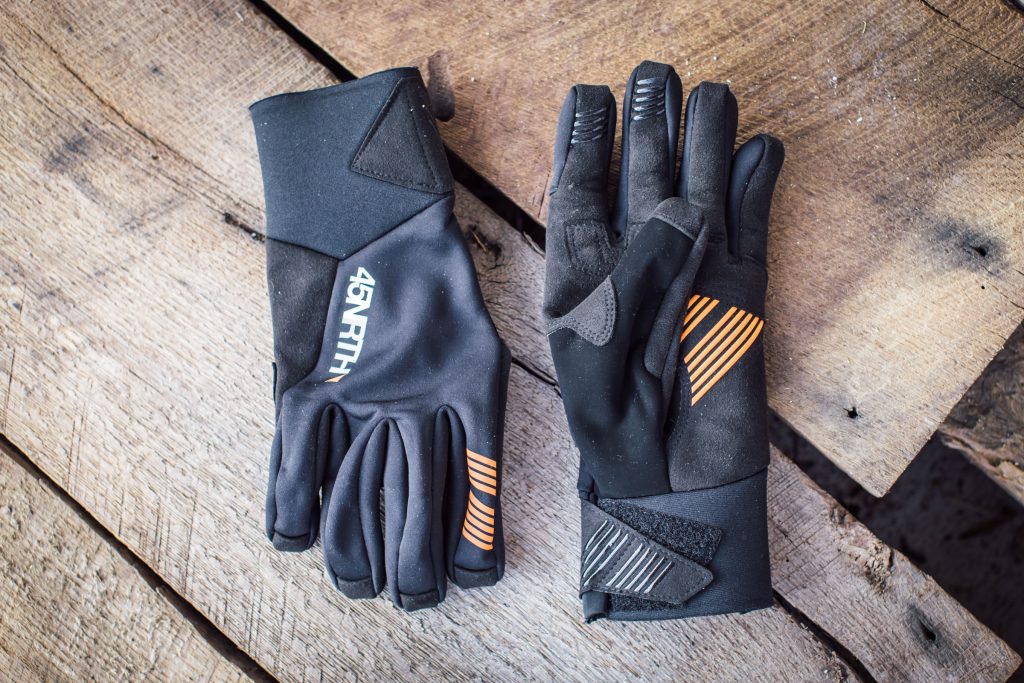
Cycling Gloves Fit
It’s important that you find cycling gloves with a snug fit so they don’t slip off your hands accidentally while riding, but the palms shouldn’t be overly tight either because they can interfere with blood flow. Make sure there are no wrinkles or extra space between the fingers when you’re trying them on before you buy. The sizing chart provided by the manufacturer should be accurate so always check this to get your cycling gloves’ right size in advance.
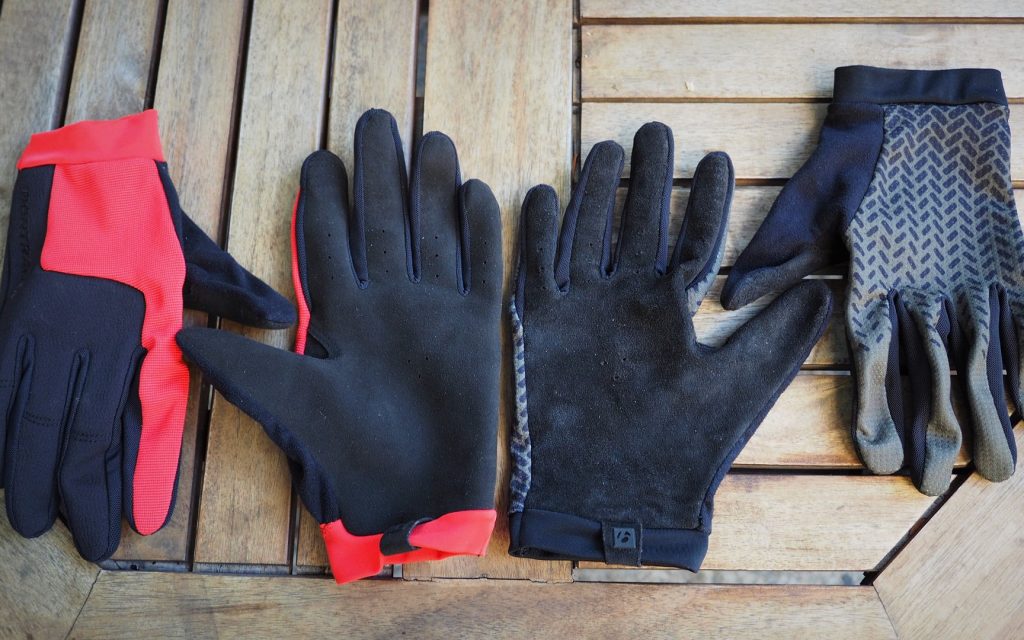
Must-Have Features in Cycling Gloves
Even though cycling gloves are designed for purpose over fashion, there are some things that you should look out for when choosing your ideal pair. The following features will help you in making the right decision when choosing cycling gloves.
- Protection from Abrasion – Gloves with synthetic leather palms will provide some protection against abrasion during long rides by offering a better grip on the handlebars and preventing hand fatigue or blisters.
- Adjustable Wrist Closures – Well-designed wrist closures should be able to keep gloves snugly fitted around your wrists without cutting into the skin or causing discomfort.
- Extra Padding – Extra padding over pressure points will make riding more comfortable especially during long rides. Some cycling gloves also come with protective pads over the heel of the palm to provide extra grip and prevent abrasions.
- Breathable Backing – Breathable backings are important for summer-specific gloves to ensure your hands stay cool during long rides or races. Mesh backs allow for ventilation between the fingers, preventing overheating even in humid weather conditions by allowing heat to escape from inside.

Other Things You Should Keep in Mind When Choosing Cycling Gloves:
- Breathability – Breathable backings are important for summer-specific cycling gloves to ensure moisture can escape keeping the hands cool.
- Lightweight – Weight is especially important for full-fingered gloves since they’re worn on both hands and can become tiresome if too heavy. The lighter they are, the better your grip will be during long rides or races.
- Packability – Packable cycling gloves come in handy when you don’t have room in your pockets for them during long rides. They are usually easily foldable into a compact size that fits inside the palm of the hand or in jersey pockets without taking up too much space.
- Waterproofing Properties – Waterproofing is especially important for winter-specific gloves but can also be found in full-fingered ones as well depending on their fabric type.
- Price Range – Cycling gloves range anywhere from $20 to $50 depending on the quality of fabrics used, padding or insulation layers, and waterproofing.

Choosing Cycling Gloves
There are several factors you need to consider before deciding on what cycling gloves to buy, including your weather conditions and preferred comfort level of fit. Here is a step-by-step guide that will help you choose the right pair of cycling gloves based on your needs and preferences:
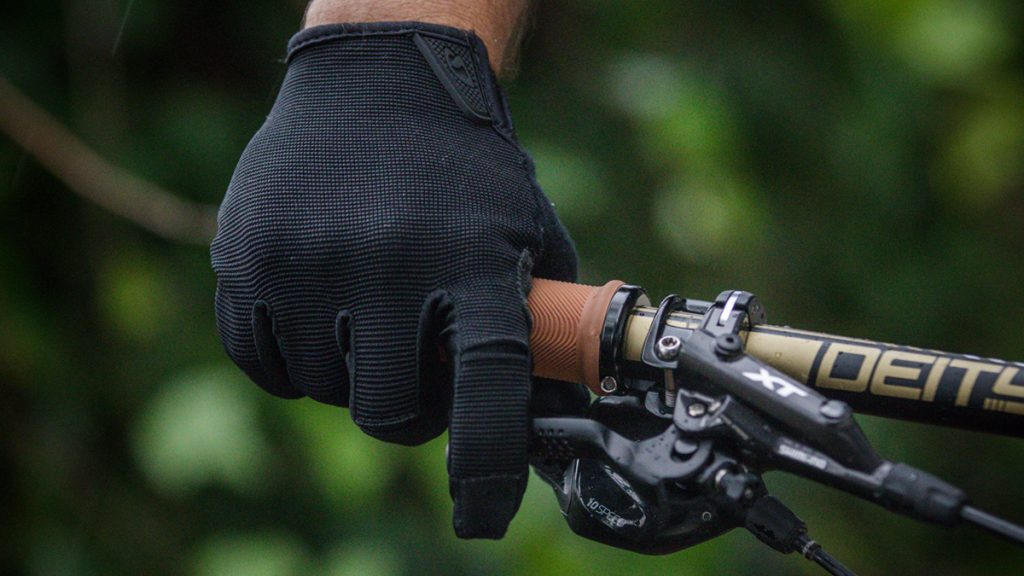
Step One: Determine Your Climate and Weather Conditions
The first thing you need to do when determining which gloves will be best for your needs is to determine what climate conditions you are riding in. Are you cycling primarily during the winter or summer months? Do you reside somewhere with a colder average temperature year-round such as Seattle or San Francisco? Or do you reside in a more tropical area such as Florida where the average temperature is warmer year-round?
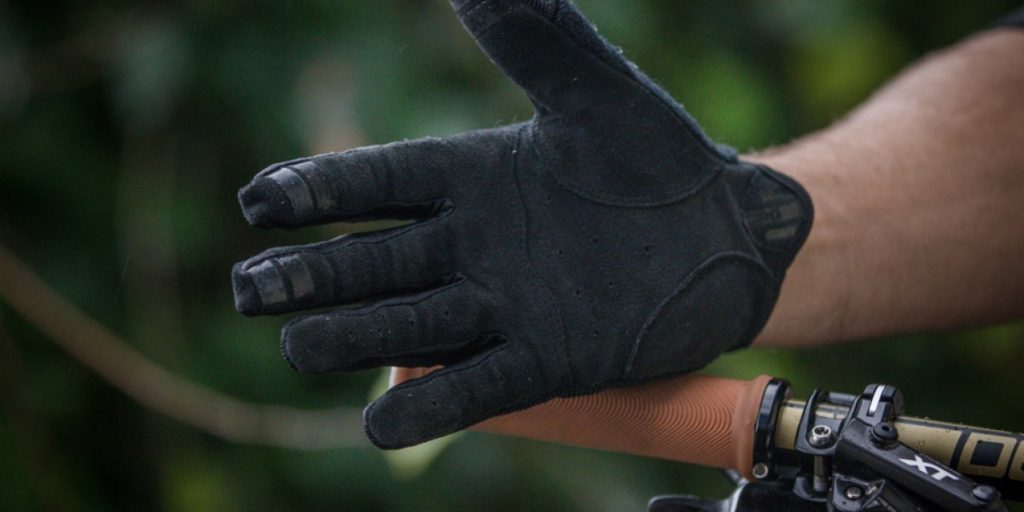
Step Two: Evaluating Your Comfort Level of Fit
The second factor to consider when deciding on cycling gloves is your personal preference for comfort levels. Cycling gloves come in different sizes and can fit either snugly or loosely, depending on the rider’s preference. You don’t want your gloves to fit too snugly that it becomes uncomfortable when riding for a prolonged period of time, but you also don’t want them to be too loose where they slip off every ten minutes or so.

Step Three: Evaluate Your Budget and Price Range
The last factor to consider is the price range for cycling gloves. They can vary from as low as $15 to over $100 per pair depending on the type, brand, and fabric composition of each glove. A good rule is that a higher price tag usually means better quality so if you have money to spend then it might be worth investing in a more expensive pair of cycling gloves.

What to Avoid in Cycling Gloves
- Avoid gloves with no protection for the palms since they can lead to blisters or abrasions.
- Some of them are also not suitable for winter rides since they offer the least amount of insulation against cold weather.
- Avoid gloves with a tight fit that can cause numbness or tingle in your fingers.
- Avoid gloves that are not breathable or waterproof if you’ll be riding through different weather conditions like rain, snow, or sun.
- Avoid gloves with extra seams that can cause discomfort when they rub against your skin during rides.
- Do not buy gloves with magnetic or metallic components in them since they can interfere with electronic devices.
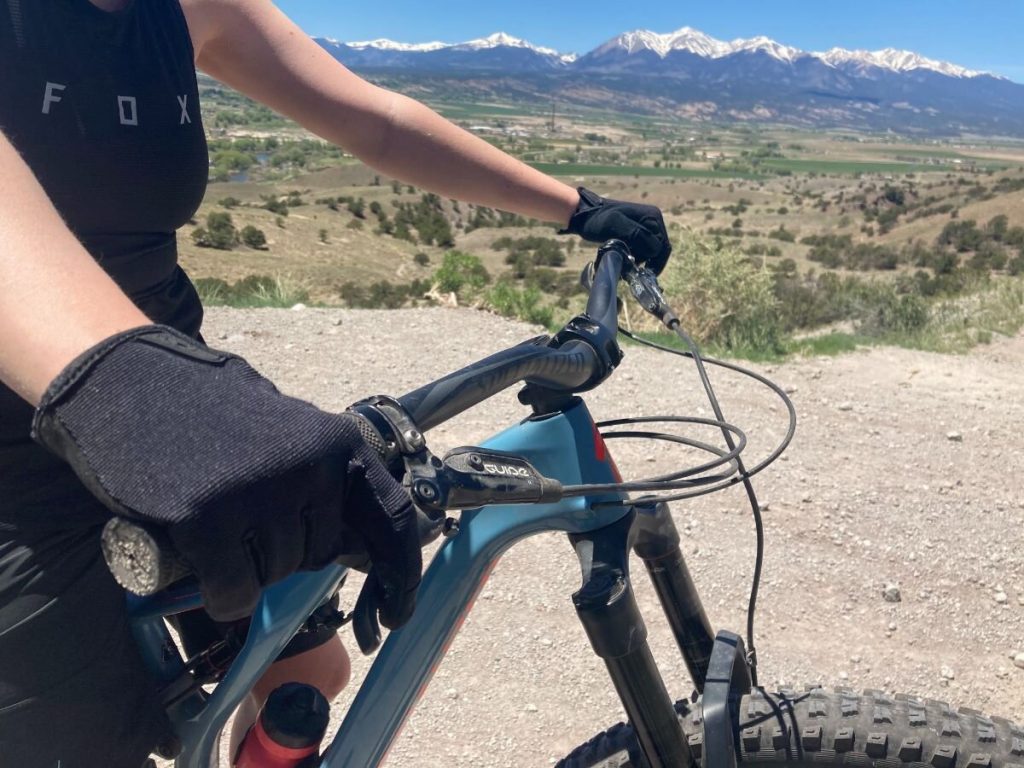
FAQ
Q. What are the different types of cycling gloves?
A. Cycling gloves come in full-fingered, half-fingered, and no-fingered varieties.
Q. What is the best material for breathable cycling gloves?
A. Breathability in cycling gloves can be provided by various types of fabrics such as lycra, spandex, or mesh which provide airflow and ventilation.
Q: What is the best material for winter-specific cycling gloves?
A: Winter-specific cycling gloves are usually made out of fleece, neoprene, or other types of water-resistant fabrics to keep hands warm during cold weather.
Q. What are the best cycling gloves for cold weather?
A: Full-fingered winter-specific cycling gloves should be worn during colder months of the year to keep hands warm during cold weather.
Q. What materials do cycling gloves usually come in?
A: Most cycling gloves are made out of fabrics such as lycra, spandex, and neoprene which provide breathability and insulation.
Q: What are some padding or insulation layers in cycling gloves?
A: Padding or insulation can be added to cycling gloves in order to make them more comfortable and warmer during cold weather rides.






